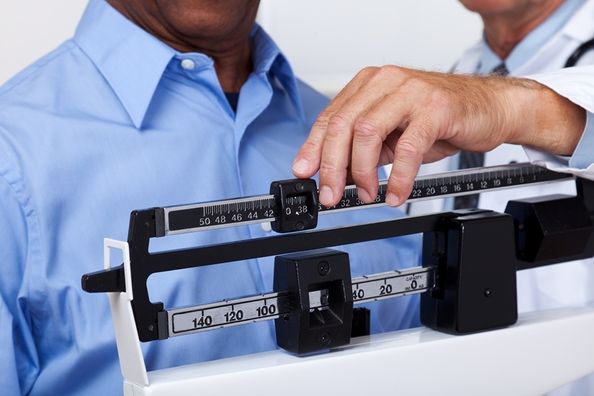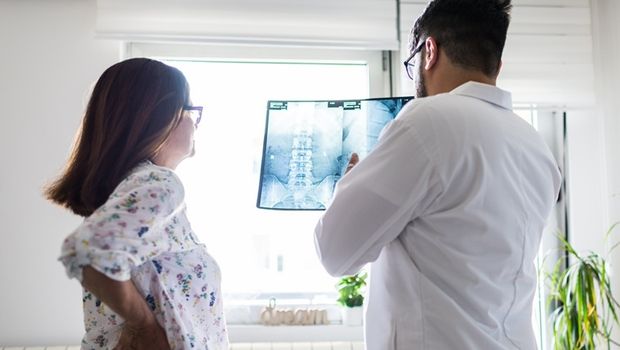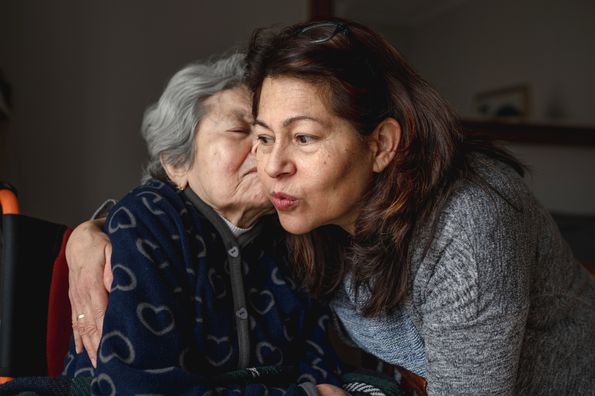
Who Qualifies for Bariatric Surgery?
By Jihad Kudsi, MD, ABOM, MBA, MSF, FACS
Tried every diet and workout plan, but the scale won’t budge? Bariatric surgery might be more accessible than you think – and it could be the game-changer that finally helps you lose weight, reverse diabetes, and reclaim your health.









